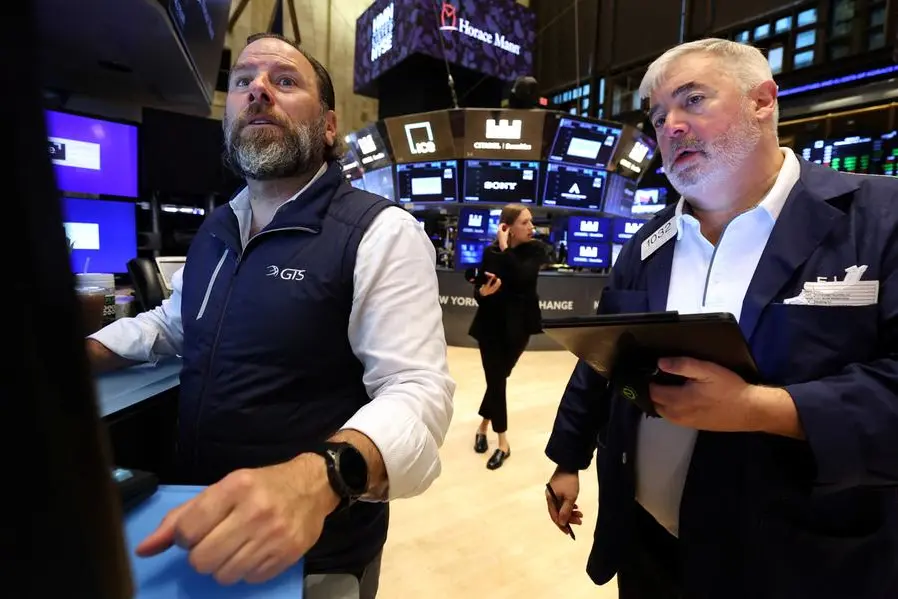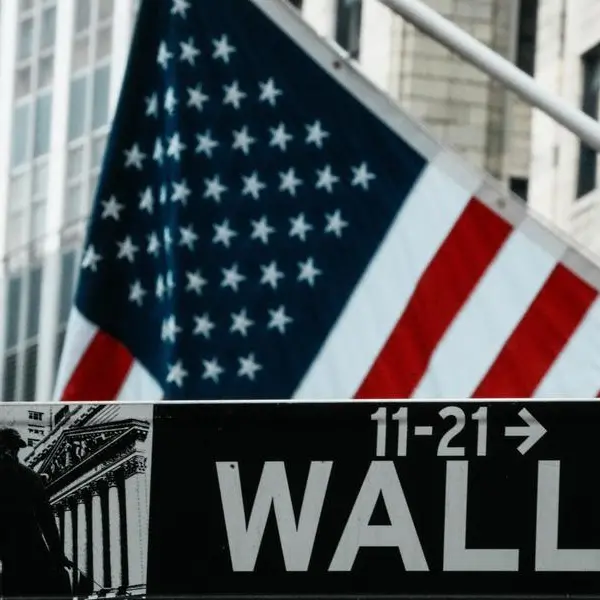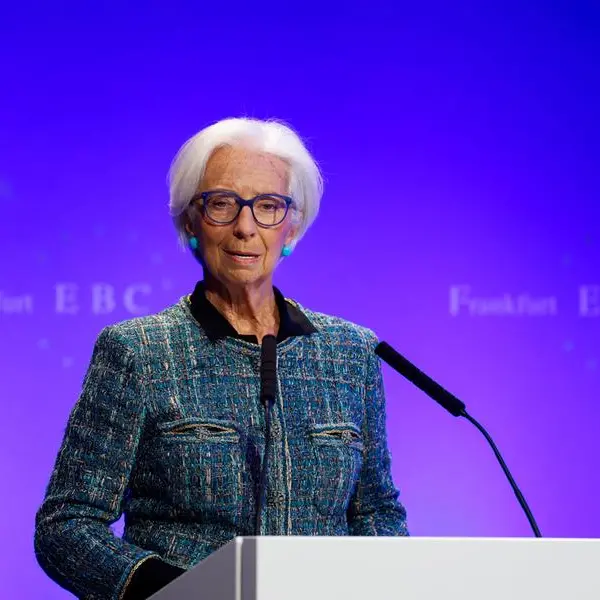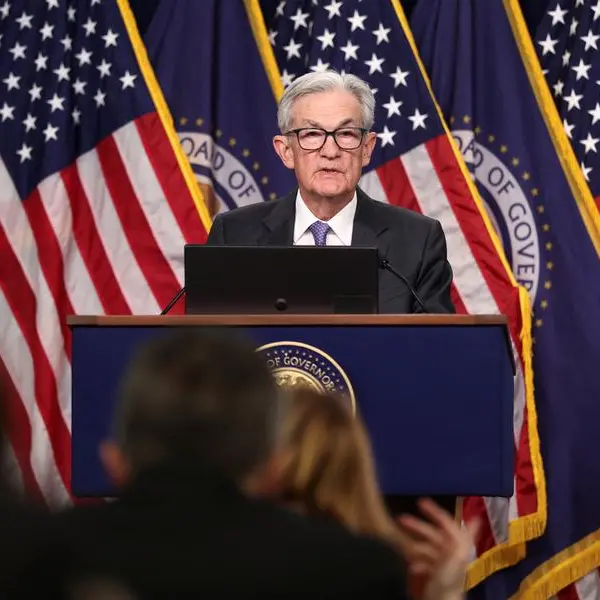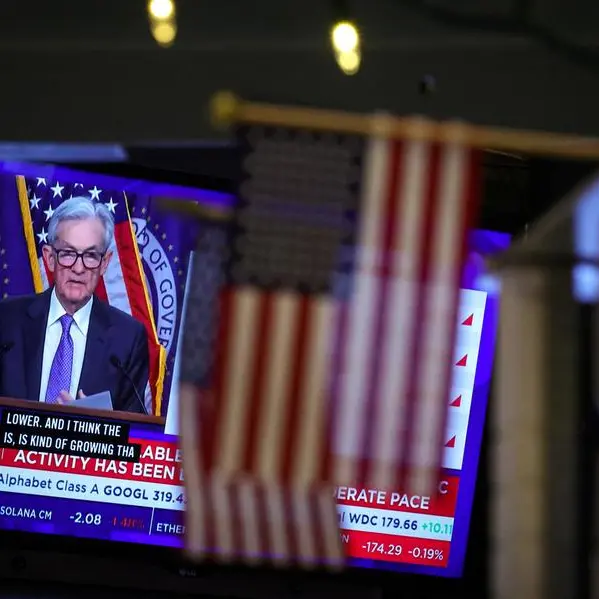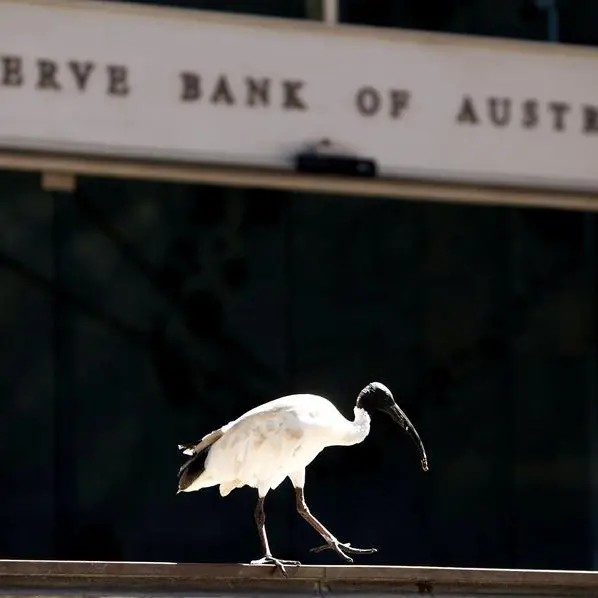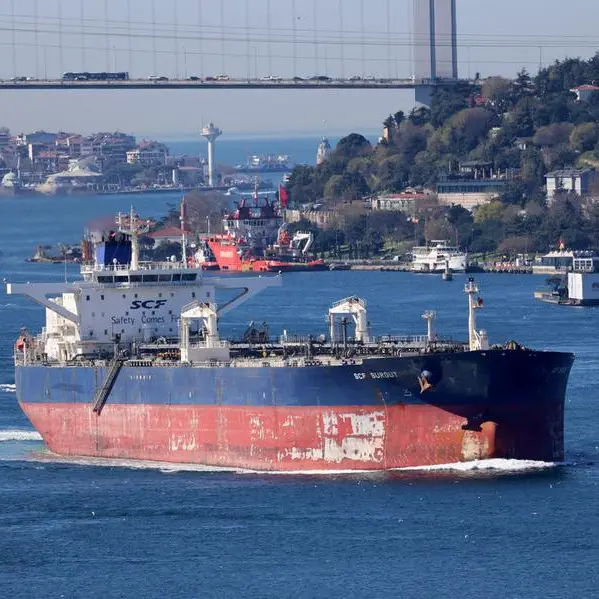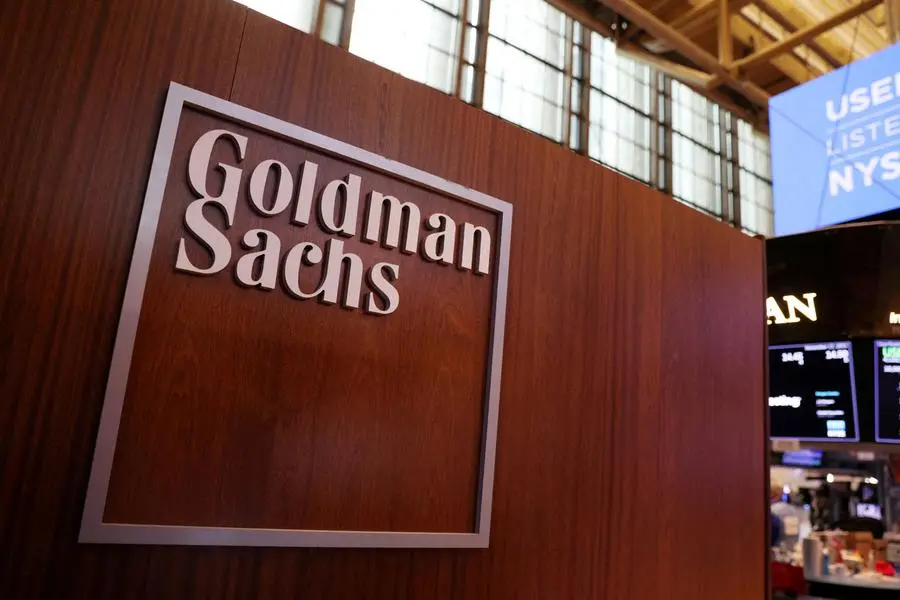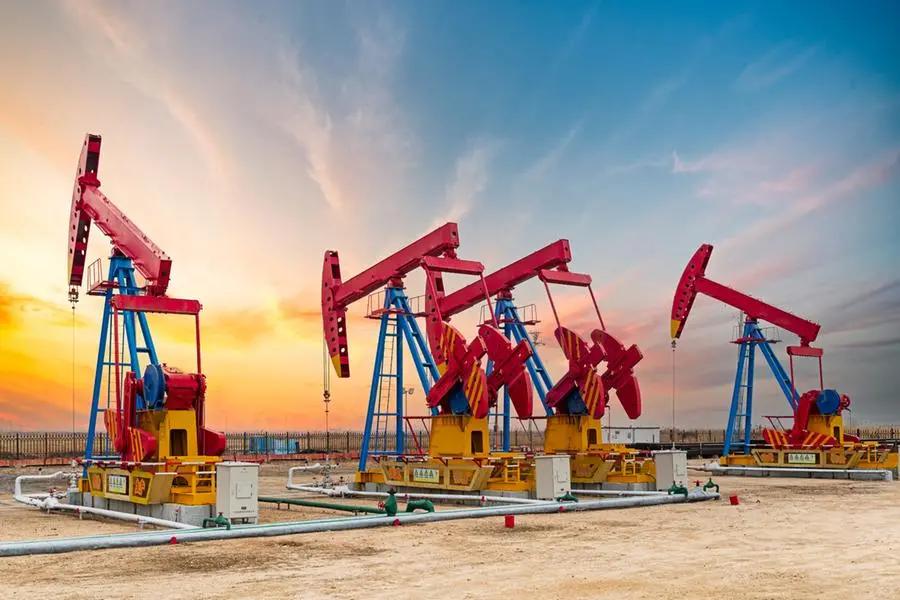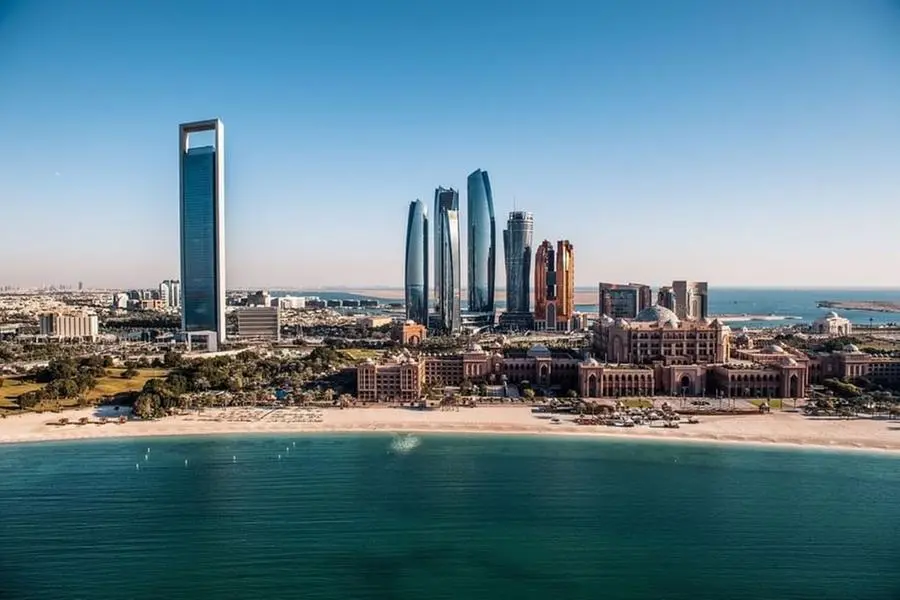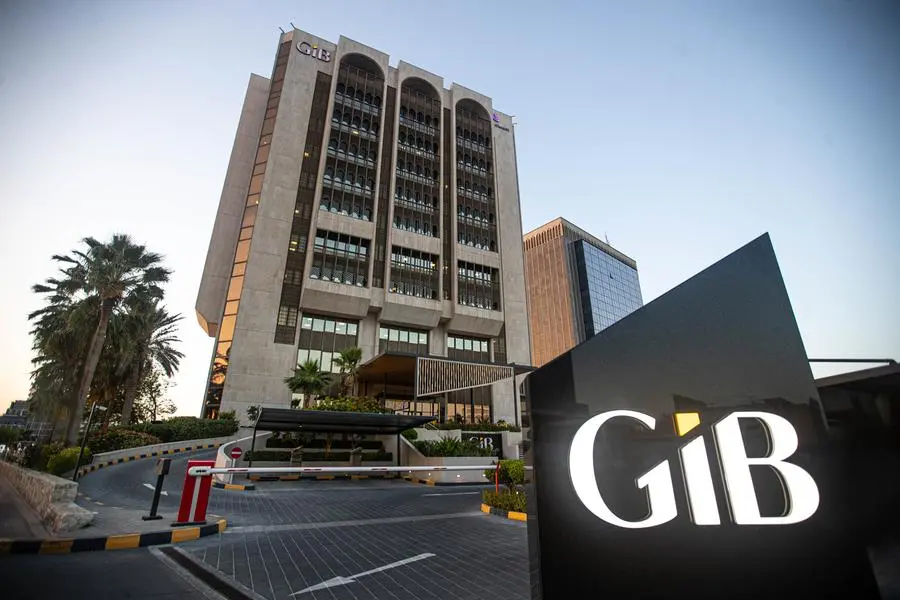PHOTO
(The opinions expressed here are those of the author, a columnist for Reuters Open Interest)
LONDON - A consequence of U.S. President Donald Trump's global economic upheaval seems to be greater "home bias" in investing - going some way toward explaining the year's relative performance while seeming chaos sows stimulus around the world.
Many of the half-year appraisals of Trump's often erratic trade and economic agenda attempt to cut through policy noise to suggest where the world will ultimately pan out.
Larry Fink, boss of BlackRock, the world's largest asset manager, opined last week about a "second draft of globalization", one positioned somewhere between the rejected inequities of unfettered global trade and capital and another alternative of stifling economic nationalism and capital curbs.
The new middle ground can still enjoy open markets, Fink reckons, but they will likely be steered, prodded and tempted home to ensure household savings first benefit the country of those doing the saving.
"People will fuel their country's economic growth and own a piece of it," Fink argued in an op-ed in the Financial Times.
For Fink, this "re-globalization" aims "not just to generate prosperity but to aim it towards the people and places left behind the first time."
Trump's attempted re-industrialization of America is a version of this idea. Using trade barriers, bilateralism, carrots and sticks, he seeks to kick-start U.S. manufacturing while accepting that lower trade deficits will also see lower overseas investment flows to U.S. markets and smaller government to boot.
The political pitch is to create more well-paid factory jobs instead of super-wealthy asset owners. Easier said than done.
MAKING EVERYWHERE GREAT AGAIN?
But whatever one thinks about Trump's "America First" strategy, that formula seems to be working best overseas.
Germany's dramatic fiscal reboot this year, which was catalyzed by both Trumpism and far-right populism at home, also speaks to the new globalization theme.
Europe at large now appears to be prioritizing investment in its own industrial base, security, digital infrastructure and green technologies - hoping to unleash both under-utilized savings at home and attract capital from Wall Street.
Britain is apeing these industrial and defence policy trends, while Japan is attempting to unlock its domestic pension savings too. Meanwhile, Chinese fiscal stimulus has also risen.
So while trade war jitters abound, it sets up potentially synched fiscal boosts next year.
TS Lombard's Rory Green and Alexandros Xenofontos pointed out on Monday there could be strong fiscal stimuli in Europe, China and possibly the U.S. in 2026 - a trifecta that's only happened twice in 30 years, in response to the COVID-19 pandemic in 2020 and the 2007-2008 global financial crisis.
That possibility goes some way to explain why, despite all the market volatility and hype surrounding a U.S. cyclical slowdown, global stock markets are once again hitting record highs.
It also explains why it's been a bad year for global sovereign bonds and the U.S. dollar - as stimulus requires more borrowing and foreign investors shed overweight U.S. holdings. Even though Wall Street stocks are just about positive for the year, they are underperforming the likes of equity indexes in Germany and Hong Kong by 25%-40%.
If even some of the estimated $7 trillion of European money that flowed into U.S. equities over the past dozen years were to be repatriated, markets would price such a move very quickly.
And despite all the concern about the U.S. economic and political direction, American money is not rushing offshore.
Mutual fund data shows net U.S. flows to global equity funds remain negative through this year. In fact, they're at their most negative in more than two years. Cash flowing to U.S. money market funds, meantime, has climbed back above $7 trillion again in the latest week, near the record high set in April.
'KERNEL OF TRUTH'
Does that data mean the ultimate outcome of Trump turning the world upside down could actually be positive?
In an article for the Council on Foreign Relations' Foreign Affairs magazine titled "Tell Me How This Trade War Ends," Emily Kilcrease and Geoffrey Gertz reckon that despite all the Trump chaos, there is a "kernel of truth" in his insistence that the world trade system needs a re-set.
They conclude there is no going back to a world where the U.S. championed ever freer trade. Neither is it inevitable that the world will retreat into outright protectionism, as long as Trump pushes other U.S. allies into a new, less-lopsided trading framework.
"Trump's shock to the system may not be pretty. But it could open the way for a much better system," Kilcrease and Gertz wrote.
"Trump has turned the United States into a revisionist power seeking to shatter what remains of the economic order. Thus far, his approach has been needlessly chaotic," they said. "But there is still an opportunity to wrest a positive outcome from the current tumult."
At nearly the mid-point of the year, investors seem tempted by this "glass half full" view of 2025's disruption. The optimists are trying to see through the inevitable twists and turns ahead to focus on the possibility of a new, more positive equilibrium down the line.
In truth, much remains murky and unknowable at this point.
The opinions expressed here are those of the author, a columnist for Reuters.
(by Mike Dolan; editing by Anna Szymanski and Paul Simao)
